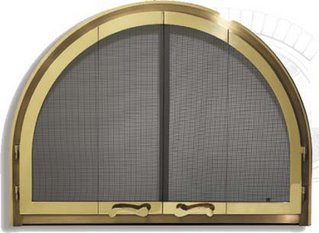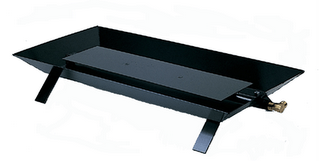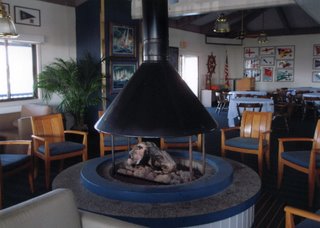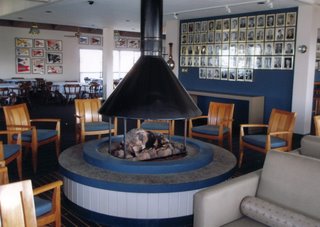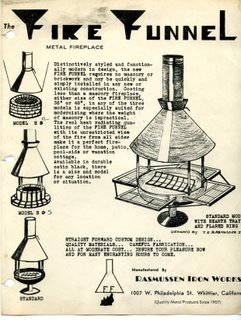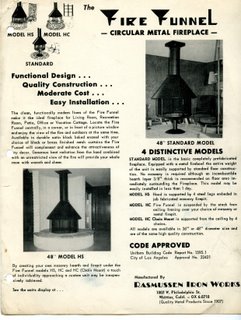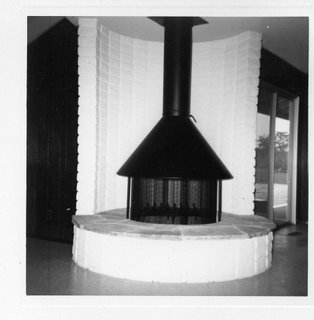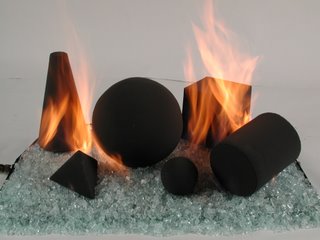There are several things to consider when selecting a gas log set, in no particular order:
1) Sizing.
2) Vented versus vent-free.
3) Certifications needed, if any.
4) Style. Logs, Shapes, Stones, Combinations. Horizontal or veritcal orientation. Lots of options, nowadays.
5) Log (or shape) material.
6) Coloration.
7) Burner style.
8) Control type.
9) Gas type - Natural gas or Propane.
10) Flue size (for vented).
11) Capacity of gas supply.
12) Preparation of the fireplace.
13) Accessories. Pine cones, chips, andirons, volcanic ash, among others.
14) Other considerations.
I will address each of the above in future posts.
Just a thought about the term "gas logs".
Rasmussen has been making "gas logs" since 1958. At least 20 years ago we introduced FireBalls, the first non-log shapes for a gas fire. FireBalls had been primarily a novelty until the last few years, which have seen increasing interest and sales. In fact, the requests for alternatives to logs had become so great that during the past year we have introduced FireShapes (large and small geometric shapes, such as cubes, cones, pyramids and cylinders, as well as new sizes of spheres (balls) as well asFireStones (molded from real rocks, in fact 19 different ones (plus 6 new larger ones that we have just created, for large fireplaces and fire pits)).

So, with all of these new "alternative shapes", "gas logs" seems limiting of the options available to today's homeowner, designer, architect, builder, contractor, retailer and distributor (did I forget anyone?). Is "Gas Fires" better? How about "Gas Logs and Shapes"? "Gas Features"? "Gas Fired Shapes"? Or is "Gas Logs", which has served us and the industry well for many years, good enough? Any thoughts?



